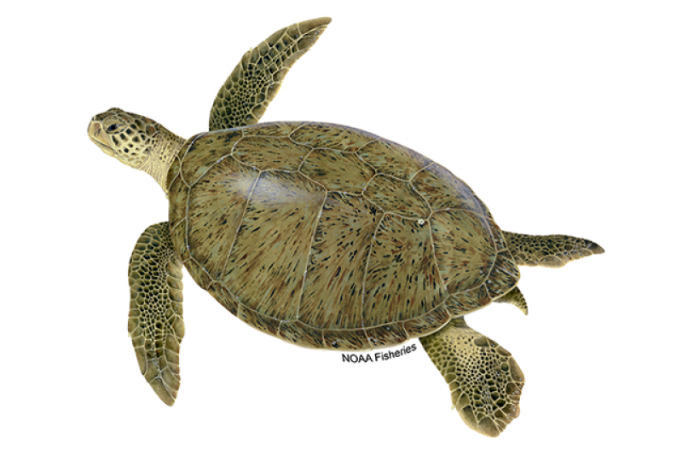Free Courses Sale ends Soon, Get It Now


Free Courses Sale ends Soon, Get It Now



Disclaimer: Copyright infringement not intended.
Context
Study published in Scientific Reports
About Green Sea Turtle
Conservation
Threats
|
PRACTICE QUESTION Q. Consider the following statements: 1. Green Sea Turtle is not found in the Indian Ocean. 2. It is listed as Critically endangered by the IUCN and CITES. 3. Rising global temperatures could lead to an increase in the nesting range of Green Turtles Which of the above statements is/are incorrect? A) 1 and 2 only B) 2 only C) 3 only D) All Answer: A) 1 and 2 only |
© 2024 iasgyan. All right reserved